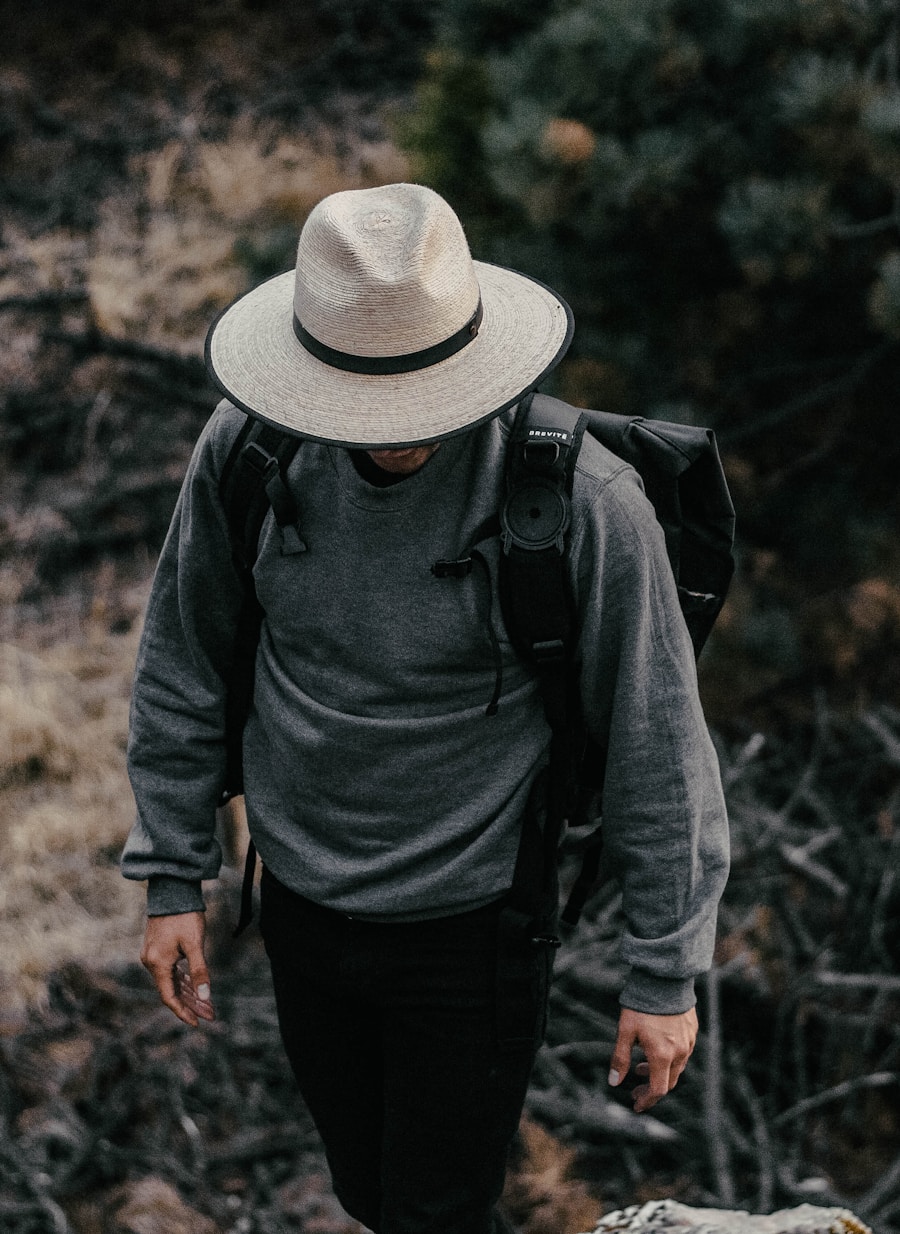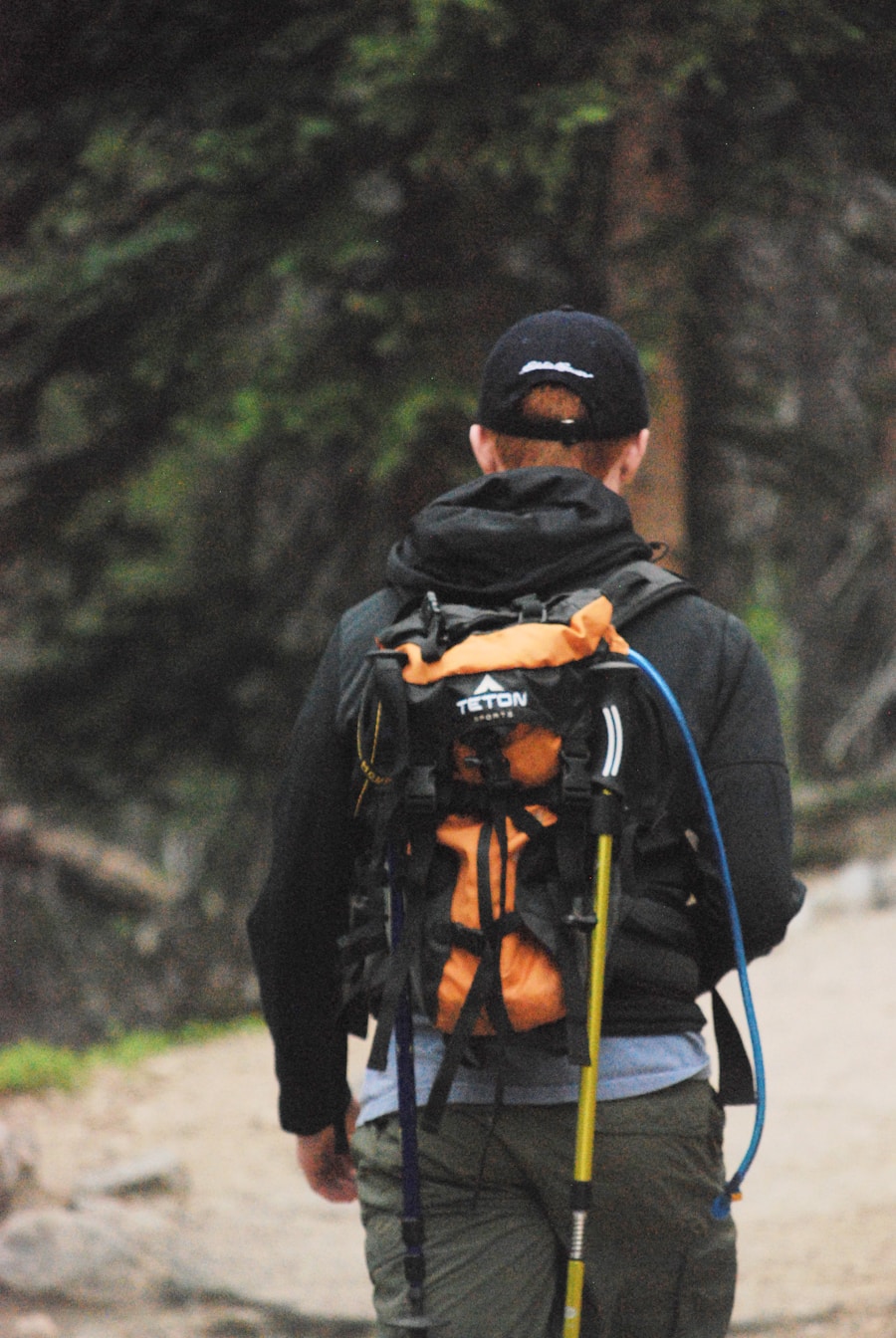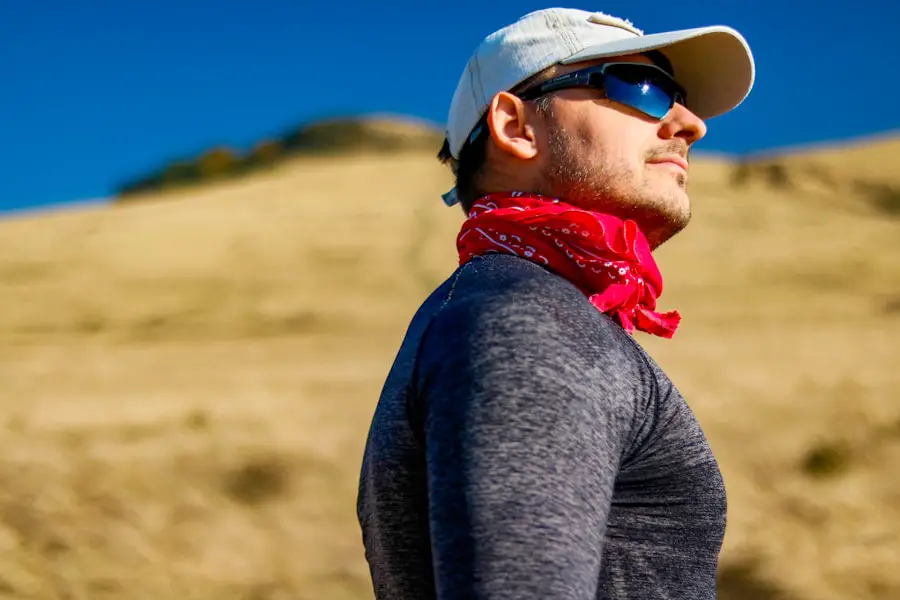When embarking on outdoor adventures, the choice of footwear is paramount. The right shoes or boots can significantly enhance comfort, stability, and safety while traversing various terrains. Hiking boots, for instance, are designed with rugged soles that provide traction on slippery or uneven surfaces.
They often feature waterproof materials to keep feet dry in wet conditions, which is crucial for maintaining warmth and preventing blisters. A well-fitted boot not only supports the ankle but also helps in distributing weight evenly, reducing fatigue during long hikes. Brands like Merrell and Salomon have established themselves as leaders in this space, offering models that cater to different types of trails and weather conditions.
In addition to hiking boots, trail running shoes have gained popularity among outdoor enthusiasts who prefer a lighter option. These shoes are designed for speed and agility, featuring breathable materials and aggressive tread patterns for grip on loose surfaces. However, they may lack the ankle support that traditional hiking boots provide, making them more suitable for well-maintained trails rather than rugged backcountry paths.
It’s essential to consider the specific demands of your adventure when selecting footwear. For example, if you plan to navigate rocky terrain or carry a heavy pack, investing in a sturdy pair of boots with good ankle support is advisable. Conversely, if your journey involves fast-paced movement on established trails, a pair of lightweight trail runners may be more appropriate.
Key Takeaways
- Choose footwear that is comfortable, durable, and appropriate for the terrain you will be hiking in.
- Wear moisture-wicking clothing that is suitable for the weather and protects you from the sun.
- Use sunscreen, sunglasses, and a hat to protect yourself from the sun’s harmful rays.
- Stay hydrated by carrying an adequate amount of water and drinking regularly during your hike.
- Bring a map, compass, or GPS device to help you navigate and stay on course during your hike.
- Pack a first aid kit with essential items such as bandages, antiseptic wipes, and pain relievers.
- Use insect repellent to protect yourself from mosquitoes, ticks, and other biting insects.
- Choose a backpack that is comfortable to wear and has enough space to carry all of your essential gear.
Clothing
Layering for Effective Temperature Regulation
The clothing you choose for outdoor activities plays a critical role in your overall experience. Layering is a fundamental principle in outdoor apparel, allowing you to adapt to changing weather conditions effectively. The base layer, typically made from moisture-wicking materials like merino wool or synthetic fabrics, helps regulate body temperature by drawing sweat away from the skin. This is particularly important during strenuous activities where perspiration can lead to chills if not managed properly. The mid-layer, often composed of fleece or down, provides insulation and retains body heat.
Considering the Environment
Choosing the right clothing also involves considering the specific environment you will encounter. For instance, in colder climates, thermal leggings and insulated jackets are essential to maintain warmth. In contrast, lightweight, breathable fabrics are ideal for hot weather, as they allow for ventilation and help prevent overheating.
Accessories and UV Protection
Additionally, clothing with UV protection can be beneficial in sunny conditions, reducing the risk of sunburn during extended exposure. Accessories such as hats and gloves should not be overlooked; they can provide additional warmth and protection against the elements. Ultimately, the goal is to create a versatile wardrobe that can be adjusted according to the demands of your adventure.
Sun Protection

Sun protection is an often-overlooked aspect of outdoor preparation that can have significant long-term health implications. Prolonged exposure to ultraviolet (UV) rays can lead to skin damage, premature aging, and an increased risk of skin cancer. Therefore, applying a broad-spectrum sunscreen with an SPF of at least 30 is essential before heading outdoors.
It’s important to reapply sunscreen every two hours or immediately after swimming or sweating to ensure continuous protection. Many outdoor enthusiasts prefer water-resistant formulations that offer durability against sweat and moisture. In addition to sunscreen, wearing protective clothing can further shield the skin from harmful UV rays.
Long-sleeved shirts made from lightweight, breathable fabrics can provide coverage without causing overheating. Many brands now offer clothing specifically designed with UPF (Ultraviolet Protection Factor) ratings, which indicate how effectively the fabric blocks UV radiation. Accessories such as wide-brimmed hats and UV-blocking sunglasses are also crucial components of sun protection gear.
A hat not only provides shade for the face and neck but also helps keep you cool by reducing direct sunlight exposure. Sunglasses with polarized lenses protect the eyes from glare while filtering out harmful UV rays, making them an essential item for any outdoor excursion.
Hydration
| Hydration Metric | Value |
|---|---|
| Recommended daily water intake | Approximately 3.7 liters for men and 2.7 liters for women |
| Percentage of body weight that is water | Average of 60% for adult men and 55% for adult women |
| Dehydration symptoms | Thirst, dry mouth, fatigue, dizziness, dark urine |
| Benefits of staying hydrated | Improved physical performance, better cognitive function, regulation of body temperature |
Staying hydrated is vital during any outdoor activity, as dehydration can lead to fatigue, decreased performance, and even serious health issues. The amount of water needed varies based on factors such as temperature, humidity, altitude, and the intensity of the activity. A general guideline suggests drinking about half a liter of water per hour during moderate exercise; however, this may need to be adjusted based on individual needs and environmental conditions.
Carrying a hydration system—such as a water bottle or hydration bladder—ensures easy access to water while on the move. In addition to plain water, electrolyte-replenishing drinks can be beneficial during prolonged activities or in hot weather. These beverages help replace lost salts and minerals through sweat, maintaining optimal bodily function and preventing cramping.
Some outdoor enthusiasts opt for electrolyte tablets that can be dissolved in water for convenience and portability. It’s also wise to plan your hydration strategy ahead of time by identifying water sources along your route or packing enough supplies for the entire journey. In remote areas where water sources may be scarce or contaminated, carrying a portable water filter or purification tablets can provide peace of mind and ensure safe drinking water.
Navigation
Navigating through unfamiliar terrain requires a combination of skills and tools to ensure safety and efficiency. Traditional methods such as using a map and compass remain invaluable skills for outdoor enthusiasts. A topographic map provides detailed information about elevation changes, trails, and landmarks, while a compass helps orient oneself in relation to these features.
Understanding how to read a map and use a compass effectively is crucial; it allows adventurers to make informed decisions about their route and avoid getting lost. In recent years, GPS technology has revolutionized navigation in the outdoors. Handheld GPS devices and smartphone applications offer real-time location tracking and route planning capabilities that were previously unavailable.
However, reliance solely on electronic devices can be risky due to potential battery failure or loss of signal in remote areas. Therefore, it’s advisable to carry both traditional navigation tools and modern technology as a backup system. Familiarizing oneself with both methods enhances overall navigation skills and increases confidence when exploring new environments.
First Aid Kit

Basic First Aid Kit Essentials
A basic first aid kit should include adhesive bandages in various sizes for cuts and abrasions, antiseptic wipes for cleaning wounds, gauze pads for larger injuries, and medical tape for securing dressings.
Activity-Specific Additions
In addition to these essentials, it’s wise to include items tailored to specific activities or environments. For instance, if hiking in areas known for insect bites or stings, including antihistamines or hydrocortisone cream can help alleviate allergic reactions. If venturing into remote locations where access to medical help may be limited, consider adding items such as splints for immobilizing fractures or emergency blankets for warmth in case of hypothermia.
Maintenance and Preparation
Regularly checking and replenishing your first aid kit ensures that it remains ready for any situation that may arise during your outdoor excursions.
Insect Repellent
Insect repellent is an often underestimated yet crucial item for outdoor activities, particularly in warmer months or near bodies of water where mosquitoes and ticks thrive. These pests not only cause discomfort but can also transmit diseases such as Lyme disease or West Nile virus. Choosing an effective insect repellent involves looking for products containing DEET (N,N-diethyl-meta-toluamide), picaridin, or oil of lemon eucalyptus—ingredients proven to repel insects effectively.
When applying insect repellent, it’s important to follow the manufacturer’s instructions carefully for optimal effectiveness and safety. Applying repellent on exposed skin while avoiding contact with eyes and mouth is essential; additionally, treating clothing with permethrin can provide an extra layer of protection against ticks and other biting insects. Wearing long sleeves and pants treated with insect repellent can further reduce exposure while allowing for comfort during outdoor activities.
Being proactive about insect protection not only enhances enjoyment but also safeguards health during outdoor adventures.
Backpack
Selecting the right backpack is fundamental for carrying all necessary gear comfortably during outdoor excursions. The size of the backpack should correspond with the length of your trip; daypacks typically range from 15 to 30 liters for short outings, while multi-day backpacks can range from 50 liters upwards to accommodate additional gear such as sleeping bags and cooking equipment. A well-designed backpack distributes weight evenly across the body, reducing strain on the back and shoulders.
Features such as padded shoulder straps, hip belts, and adjustable sternum straps enhance comfort during long hikes by providing support where it’s needed most. Additionally, look for backpacks with multiple compartments that allow for organized storage of gear; this makes accessing items easier without having to rummage through everything at once. Hydration reservoirs integrated into backpacks are also popular among hikers as they allow for hands-free drinking while on the move.
Ultimately, investing time in selecting a suitable backpack tailored to your specific needs will significantly enhance your overall outdoor experience by ensuring that you are well-prepared for any adventure that lies ahead.
If you’re planning a hiking trip in warm weather, it’s important to dress appropriately to stay comfortable and safe on the trails. In addition to choosing the right clothing, it’s also essential to pack the necessary gear for your adventure. One useful item to consider bringing along is a rechargeable hand warmer, which can provide warmth and comfort during breaks or chilly evenings. Another essential piece of equipment for outdoor enthusiasts is a solar charger to keep your devices powered up while on the go. And if you need to stay connected while hiking, a
